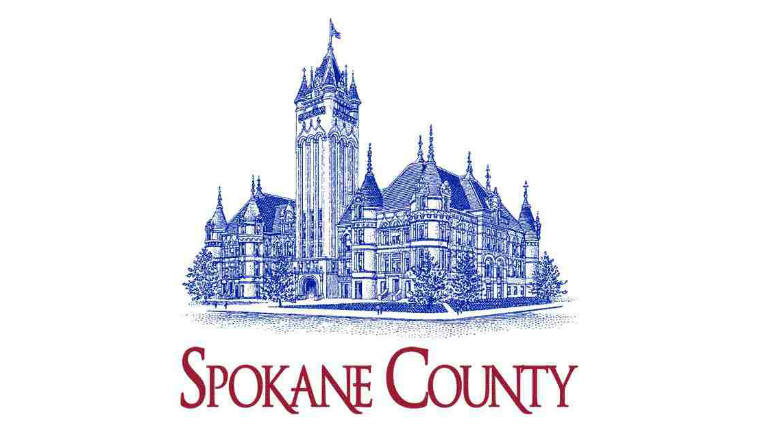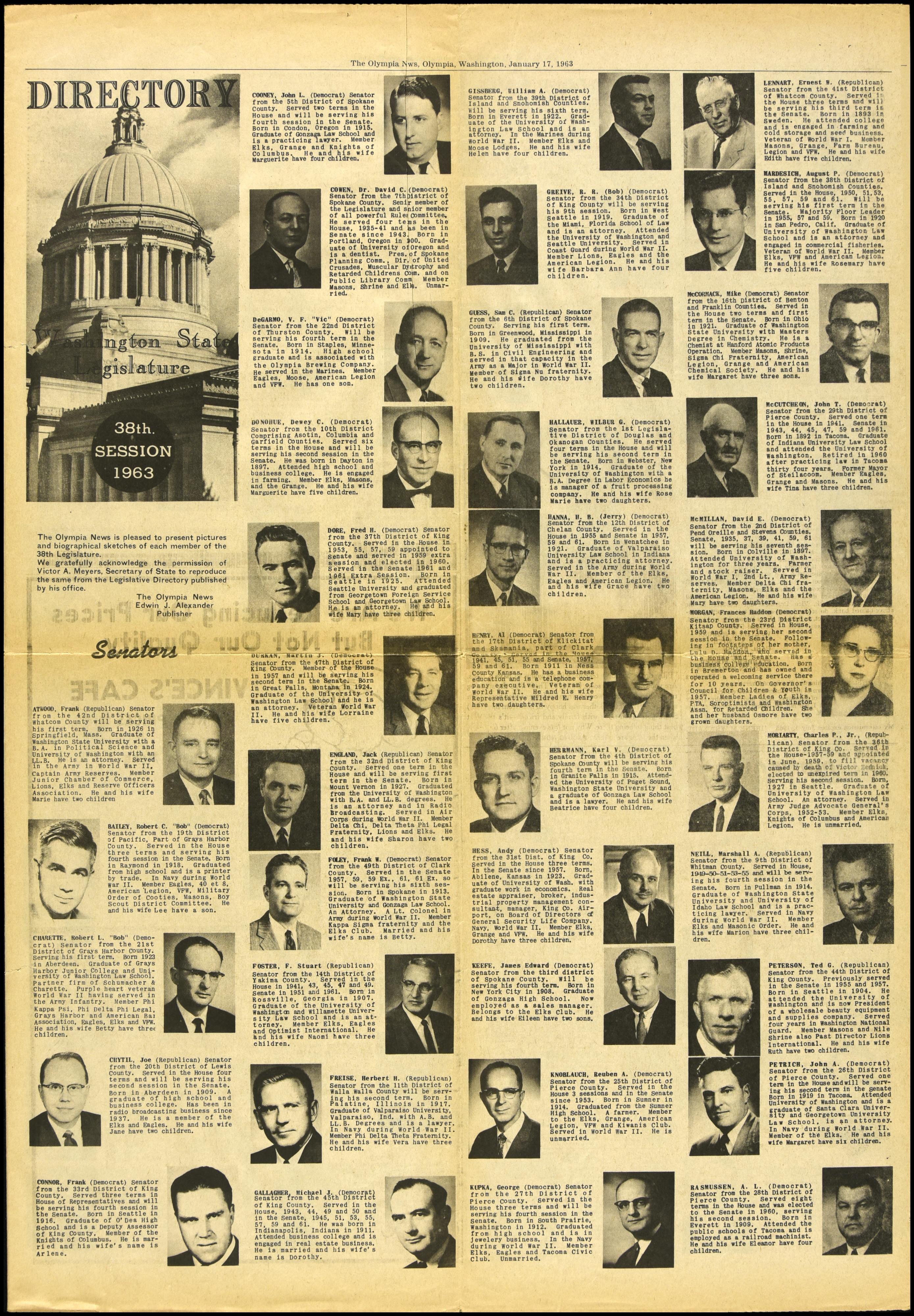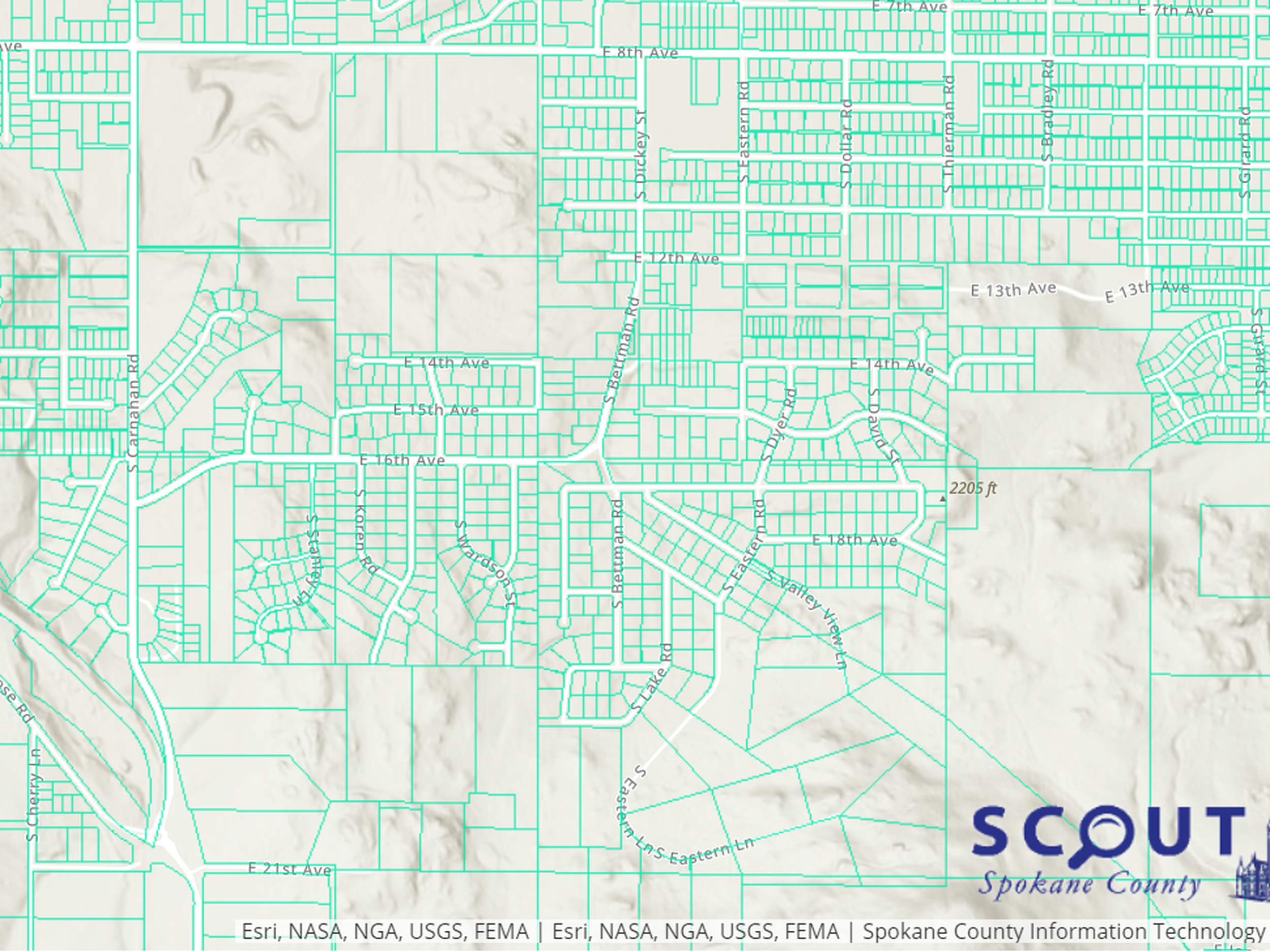

Among his many honors, he received the Scoutmaster's Key and Silver Beaver Awards. He served as Scoutmaster for over 50 years with Owensboro's oldest troop #24, from 1949 till death in 1984. Hazen A. Dean (1889–1984), a Scoutmaster of BSA Troop 24 at Settle Memorial Methodist Church in Owensboro, KY was the first Kentuckian to receive a "70 Continuous Years of Service Award" from Boy Scouts of America in 1983. Since that time, two other Kentuckians-James "Buddy" Lockhart of Owensboro, and Colleen McWhorter of Paris, served as "Area Exploring Chair" of the area encompassing not only Kentucky but also Tennessee. Mike Walton of Rose Terrace became the state's only black Exploring representative in 1976, and ran unsuccessfully for national Explorer President in 1977. Recognized by Governor Carroll in 1975 for this achievement, he was just 11 years old when awarded his faith's religious emblem (Religious emblems are not controlled by the BSA but rather by each participating church body). The National Scouting Museum was located on the campus of Murray State University in Murray, Kentucky, before being relocated to the National BSA Headquarters in Irving, Texas. One of the first desegregations was Camp Shantituck in Kentucky, which was accomplished by Murray Walls in 1956. By the 1950s, the GSUSA began significant national efforts to desegregate the camps and maintain racial balance. Most Girl Scouts of the USA units were originally segregated by race according to state and local laws and customs. The BSA's "inter-racial council" program ended in 1954 Louisville accepted their first black Boy Scout Troops in 1959 and their first black Cub Scout Packs in 1963.

(The Old Hickory Council in North Carolina did not integrate until 1974.) The Louisville Area Council, headquartered in Louisville, was the first BSA local Council to develop such a "shadow Council" and board members of that "inter-racial council" were permitted to serve on the Louisville Area Council's board without vote.

Until 1974, some southern councils of the Boy Scouts of America were still racially segregated. In 1922, the BSA revised that ban and allowed local Councils to create "shadow Councils" for their black and other racial/ethnic minorities. In 1914, the BSA gave local councils the power to ban African Americans from Scouting.

The first official troops was formed in 1917 in Scottsville. (3) Camp Fire Girls, which had been announced in April 1911 in New York.), an 8 girl patrol of Boy Scout Troop #17 in Louisville in July 1911. (2) A group called "Girl Guides," that had been sponsored in 1910 by the Rev. Campfire Girls (1) A group called "Girl Scouts," that had been organized in 1910 in Des Moines, Iowa, by Clara A. "Girl Scouts" formed March 1912 by Juliette Gordon Low in Savannah, GA and years later they could not work out a deal to merge with the Campfire Girls. Kentucky also claims an early unofficial girl's scouting group (Campfire Girls were one of three groups as affiliated girl's version of Boy Scouts at the time. These were among the councils who merged to create the Blue Grass Council in 1927 in Lexington, Kentucky. In addition, small councils began in a number of places, with the Issac Shelby Area Council that was made up of Mercer, Boyle, and Jessamine Counties, with and the Daniel Boone Council of Winchester, Kentucky and the Frankfort Council. Of these, Troop 1 continues today as Troop 326 and Troop 2 continues today as Troop 27. Troop 1, Christian Church with nelson Rodes as Scoutmaster, Troop 2, Centenary Methodist Church with Sandridge as Scoutmaster, and Troop 3, Presbyterian Church, no Scoutmaster listed. Outside of Frankfort, in towns like Danville, Kentucky in Boyle County, 3 new troops organized in December 1911. Nonetheless, Troop 1 is still active and is sponsored by the First Christian Church of Frankfort, Kentucky. However, Troop 1 was originally formed under the British Boy Scouts and the charter was destroyed in a fire around 1920. There has been a long-standing belief that this was the very first Boy Scout troop in the United States. Burnside is now part of the Blue Grass Council.īoy Scouts of America Troop 1 in Frankfort, Kentucky was established in 1909 by Stanley A. A sign at the edge of town declares Burnside "Birthplace of Boy Scouts in America", and an official state historical society marker commemorates the troop. Myra Greeno Bass organized a local troop of 15 boys, using official Boy Scout materials she had acquired from England. In 1908, two years before the Boy Scouts of America was officially organized, Mrs. Burnside, in south-central Kentucky, is believed to be home to the first Boy Scout troop in the United States.


 0 kommentar(er)
0 kommentar(er)
